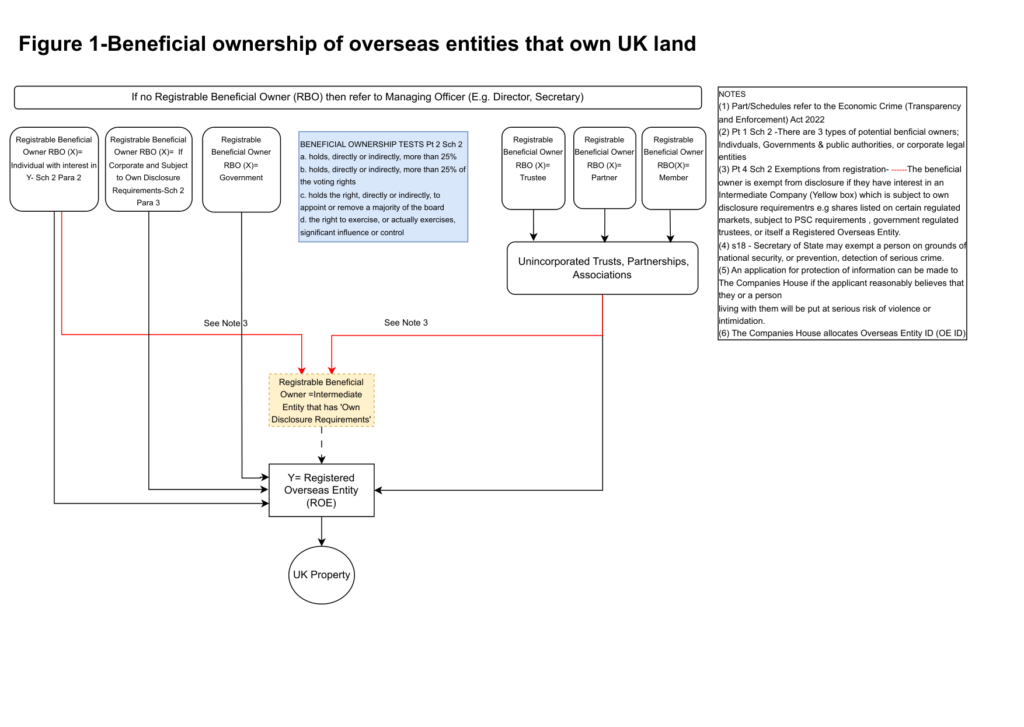This article focuses mostly on the tax repercussions of giving employees restricted shares, sometimes known as employment-related securities. In contrast to disposal limits, which prevent employees from transferring their shares, forfeiture restrictions prevent employees from claiming their shares if they leave their jobs early or for any other reason.
Let us first think about the different ways an employee can acquire shares, though.
The employee may receive a gift or transfer of shares from a different shareholder. Whether the transferor gives the employee shares as a gift or sells them to them for a discount, CGT will still apply. The gain on a gift of a business asset may be qualified for holding over by the transferor.
The company may grant share options to the employees. Options are initially granted or awarded to the employee, and they can be exercised at the time of vesting. The grant establishes the terms of the option whereas vesting confers rights to exercise. There is never any income tax on the grant of the options. However, there is an income tax charge on exercise (i.e., when the employee purchases the shares by exercising the option), on the amount of the value of the shares at the time of exercise less any amount paid to acquire the shares (the intrinsic value). This amount is treated as employment income.
For approved or tax-advantaged options such as CSOPs or EMIs, there is generally no income tax at the time of exercise.
When shares are sold, there will be a capital gain, calculated as the difference between the sale proceeds less the’ CGT base cost’ which is effectively the market value of the shares at the time of exercise. So, for example, if at the time of exercise, the share price was £1.80 and later the shares are sold for £2.20 then the gain will be 40p per share.
The Company may issue new shares to the employee at a discount in which case the discount will be treated as employment income. Income is reported through the payroll or directly on the self-assessment return of the employee depending on if the shares are ‘readily convertible assets’ which generally refers to listed shares or if there is a pre-sale arrangement in place. If the shares are restricted, the initial chargeable amount will be on the restricted MV.
Shares given to employees or directors are called ‘Employment Related Securities’ (ERS) governed by specific legislation Part 7 of ITEPA 2003, Chapters 2, 3 and 4. Shares granted to, or options which have been granted to or exercised by, employees must be reported to the HMRC no later than the 6th of July following the end of the fiscal year.
There are three main reasons why companies may want to incentivise employees with shares or options: remuneration for services, as a performance incentive or retention of staff. Usually, employees are not allowed to acquire share options (i.e., the granted options become vested) unless they have been with the company for a minimum of three years.
Shares or options granted to employees must be reported to the HMRC no later than the 6th of July following the end of the fiscal year.
If shares are readily convertible assets (RCA), they will be treated as cash and taxed through the payroll as employment income and PAYE/NIC is deducted at source from the employee’s gross pay.
The employer can agree to pass on the employer’s Class 1 NIC liability to the employee. The employer recovers the NIC which is a cost to the employee similar to the cost of acquiring shares and therefore reduces the employee’s employment income subject to PAYE.
If the shares are not readily convertible, then it is reportable as income directly on the employee’s Self-Assessment return and not through the payroll. Under the ‘general principles’ shares are RCA if they are quoted shares or there is an arrangement to have the shares sold.
As a general rule shares in unlisted companies will not be readily convertible. However, if the unlisted company is a controlled subsidiary and the shares are non-tax advantaged, shares will be treated as readily convertible subject to income tax and NIC at source though the company will not get a tax deduction. For this reason, employees are usually awarded shares in the parent company which ensures a corporation tax deduction and no PAYE/NICs as the employee will declare the whole amount on his self-assessment.
As well as an initial income tax charge on first receiving the shares or on exercising an option, the employee may incur a further charge when any forfeiture or disposal restriction on shares is later lifted.
If the terms are that the forfeiture restrictions are to be lifted within five years, income tax charge will only apply when the restriction is lifted i.e., there is no initial charge. Assuming the employee loses the shares either they are cancelled, or the company buys back at a low value then there will be no initial charge however, if for example, the employee remains in employment beyond three years (i.e. restrictions lifted within 5 years) there will be a charge based on the percentage initially untaxed i.e. 100% always multiplied by the market value of the shares at the time when the forfeiture restrictions are lifted unless there is a s425 (3) election for initial and second charge.
With a s425 (3) election there is no ability to claim any capital loss on the shares which are cancelled or sold back to the company. Note, a section 425(3) election has the effect of increasing the tax liability where the shares are forfeited (just the first charge) or the shares fall in value when the restrictions are lifted (both initial and later charges).
If the restrictions are subject to forfeiture five or more years after the award of the shares there will be two income tax charges, initially at the time of receiving the restricted shares based on the restricted value and a further charge when that restriction is removed based on an initial untaxed percentage multiplied by the value of the shares at the time when the restriction is removed.
If the restriction is a disposal restriction, there is no such pre or post-5-year rule and there will be both an initial charge and a later charge when the employee becomes free to dispose of the shares.
The effect of a S431 election is to ignore all restrictions completely. The initial chargeable amount will be based on the full market value of the shares, there will be no second charge even after the lifting of restrictions.
Finally, there are several special rules.
The granting of preference shares to be converted at a prescribed time in the future. The initial charge is based on the value of the shares without the conversion option (‘depressed value’) and a second income tax charge upon conversion is based on the market value of ordinary shares received less the current ‘depressed value’. For CGT purposes, the base cost of the ordinary shares is equal to the amount of income chargeable to tax.
The payment of uncommercially high dividends to an employee-given share which is effectively disguising remuneration.
The granting of options on the same shares to artificially depress the value of shares given to employees is a ‘depreciatory’ transaction and 446B ITEPA 2003 will impose a tax charge equal to the depreciatory amount.
The award of unpaid shares issued at a discount which are later sold without ever paying for the shares. The amount unpaid is treated as a notional loan that is written off. Therefore, the charges to income are the initial discount, the notional interest on the loan, and the amount written off.
We have discussed various scenarios for employment-related securities, these are grouped under several Chapters in Part 7 of ITEPA 2003. Chapter 2 relates to restricted securities (e.g., forfeiture or disposal restrictions). Chapter 3 relates to securities with artificial high/low values (e.g., Convertible Preference/ Shares with artificially high dividend rates). Chapter 4 relates to ‘post-acquisition benefit’ which is a sweeping up charge where income tax is not caught under Chapter 2 or Chapter 3.
There are a couple of exemptions, there is no income tax charge if the chargeable event occurs after death e.g., lifting of restrictions or conversion, or seven years after cessation of employment but the latter rule does not apply to share options.
The key takeaway is that there are two key elections which disapply rules on employment-related securities, s425 elects to tax the shares with forfeiture with pre-5 year restrictions early and s431 is to treat the shares as if they were unrestricted. The value of the shares can be taxed through the payroll as employment income incurring both PAYE/NIC costs or directly on the employee as his income through his return. If there is an NIC liability, the employee can be made liable to the employer’s NIC too and this will be treated as part of the cost of the shares.
These rules generally apply to non-tax-advantaged shares acquired by employees at a discount irrespective of any restrictions. The lifting of restrictions is a further chargeable event. Tax-advantaged shares e.g., CSOPs or EMI avoid these problems but they are not as flexible as they come with many qualifying conditions and so may not be suitable in all conditions. Non-tax-advantaged schemes are usually used for highly paid executives. There is no chargeable event where restricted securities are wholly exchanged for new restricted securities following a takeover.














